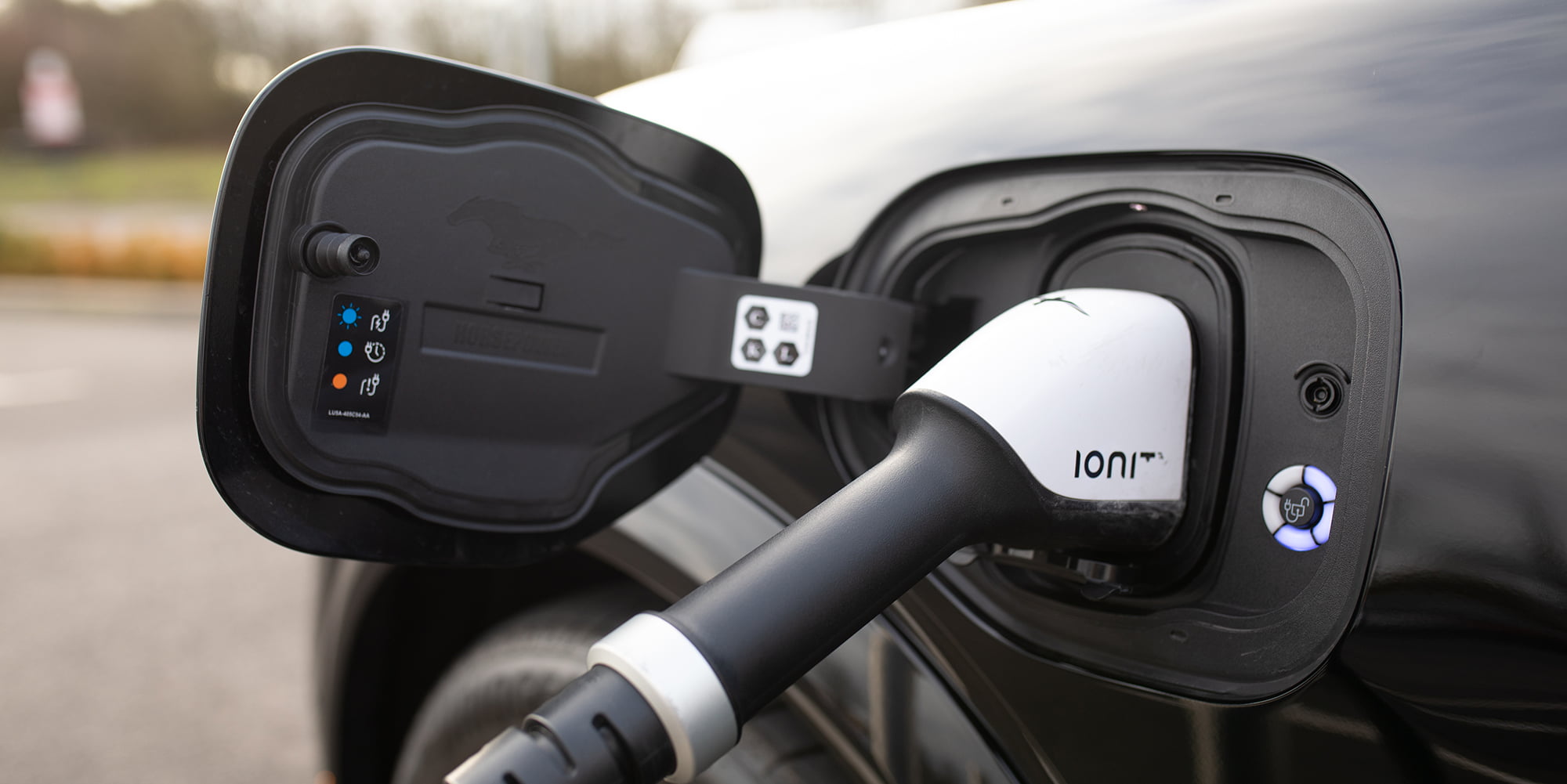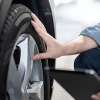
The inevitable switch from Internal Combustion Engine (ICE) vehicles to Electric Vehicles (EV) is still the best part of a decade away, but is drawing closer. If your fleet is one of the many already making the switch, we at IAM RoadSmart want to support you in making your transition as easy as possible. That’s why we offer training courses like EV Familiarisation, specifically designed to help your drivers adapt to the new driving experience, as well as e-learning modules available as an option in our CHOICES online fleet risk management portal.
With that in mind, here’s a first-hand account of how our Head of Driving and Riding Standards, Richard Gladman, found his recent experiences with EVs.
Part two sees me using the EV for an Examiner Quality Assurance assessment, and luckily for me the assessment is for the examiner who lives closest to me. A couple of days without any business-use and the car, if charged to the recommended 80% at cheap overnight rates, should see me do a day’s work without charging.
The trip to meet in County Durham was painless, and the battery level was helped by roadworks on the A1 – who would have thought it added benefits from an extended 50mph speed limit? The purpose of this write up is to talk about the car, the battery, and convenience, so, fast forward to the end of the assessment and a return journey home (176 miles in fact), and I parked on the drive with 15% battery remaining – that is almost what I thought it should do. The car clearly likes the reduced speeds offered in rural and urban areas more than the constant 70mph motorway rumble – plus, the roadworks helped on the way back home too.
When the car is used to do general every day running around, the battery is spot on. The battery eventually went back to 80%, and trips into Richmond and Darlington were completed without any form of anxiety, and the battery jumped back up to capacity in a sensible time.
I am just starting to like this when I realise I have another challenge to undertake. The car needs to go back to Welwyn Garden City, and when it gets there it must have enough charge for it to return to base. In anticipation of having to be at Welwyn early for the car to be returned, I decided to travel Sunday evening. Setting off with my 80% battery I knew I wouldn’t be able to make my 200-mile journey in one hit, so biting the bullet I programmed in a stop at Peterborough and set off with everything set for me to remain comfortable on the journey.
Despite the initial estimates telling me I would have to charge for only 15 mins, it became apparent that this was to get me there with little or no battery remaining. I elected to charge for 35mins and then hopped along to another service station close to my destination to eat, drink coffee, and prepare the charge for the delivery driver. Sunday traffic was light and my 3 hour 15-minute journey only took me 2 hours and 30 minutes – and the hidden costs of coffee and burgers is now mounting up. The cost of the charges seems to be about £20 with the 39p per kWh, as long as I avoid the super-fast 79p per kWh charger. Is this like super unleaded petrol? Does it give me more miles (I know it doesn’t, before I’m inundated with answers, but at the cost it feels like it should)?
The car went back, and despite missing the blistering performance and the fact it was a really nice place to be, I didn’t miss the waiting for a charge at a service station somewhere on the A1.
The next car was from a different manufacturer, cost approximately the same, and for all intents and purposes had an identical range. How coincidental that its first journey should be the run back to Yorkshire.
Setting off with 90% battery it still wouldn’t allow me to get home, and despite originally accepting my now second home of Wetherby services as my charging destination, it became apparent that I was going to fall short. I’d reduced the heating to zero, stayed clear of using the heated seat or steering wheel, and even done without the radio – all to no avail. The car soon started telling me I needed to change my plan, so Starbucks in Elkesley became my new go-to.
A bucket of coffee and I didn’t realise how cold I had got – note to self: a £60,000 car that is uncomfortable is not an aspiration. A short charge to get me to Wetherby cost about £9 and then I fully charged to make it home.
It seems the 200 miles+ journey is not possible at motorway speeds with all creature comforts. Using the car for day-to-day tasks around my local area, I again found it to be a pleasant place to be. A meeting in Newcastle was no issue and range anxiety was never present, I was getting used to this and lulled into a false sense of security.
My return trip to Welwyn Garden City was to start at 5am on a Monday morning, as before the car needed some charge for the return to base so I planned a stop at Baldock to make this possible. When leaving Baldock 190 miles was beyond the possible range, so I elected for a fast charger in Peterborough (149 miles away). Setting off at the speed limit, creature comforts selected, on a dark, -3C morning at, it soon became apparent that my 149 miles was going to be pushing it. Eventually I had to stop at Retford services – just 91 miles into my journey – to re-charge. To add insult to injury, Starbucks wasn’t even open! 35 minutes later I was mobile again, although not to Welwyn Garden City but to Baldock Services (where at least the coffee shop was open).
The delivery driver had been in touch and was swapping cars with me, I arranged the meet for Baldock so he could have some battery to return to base. During our discussion he was surprised at how low the range had been on my car and was going to arrange for it to be checked. He swapped it for a similar spec of a different model, which did appear slightly better, but more on that next time.
Richard’s mixed experience doesn’t mean that your fleet can’t thrive with EVs, and IAM RoadSmart want to help make the transition as stress-free as it can be for your fleet. Contact us to find out how we can help you protect your people, your assets, and your organisation.
Read part 1 of Richard’s blog about his experience driving EVs here.



